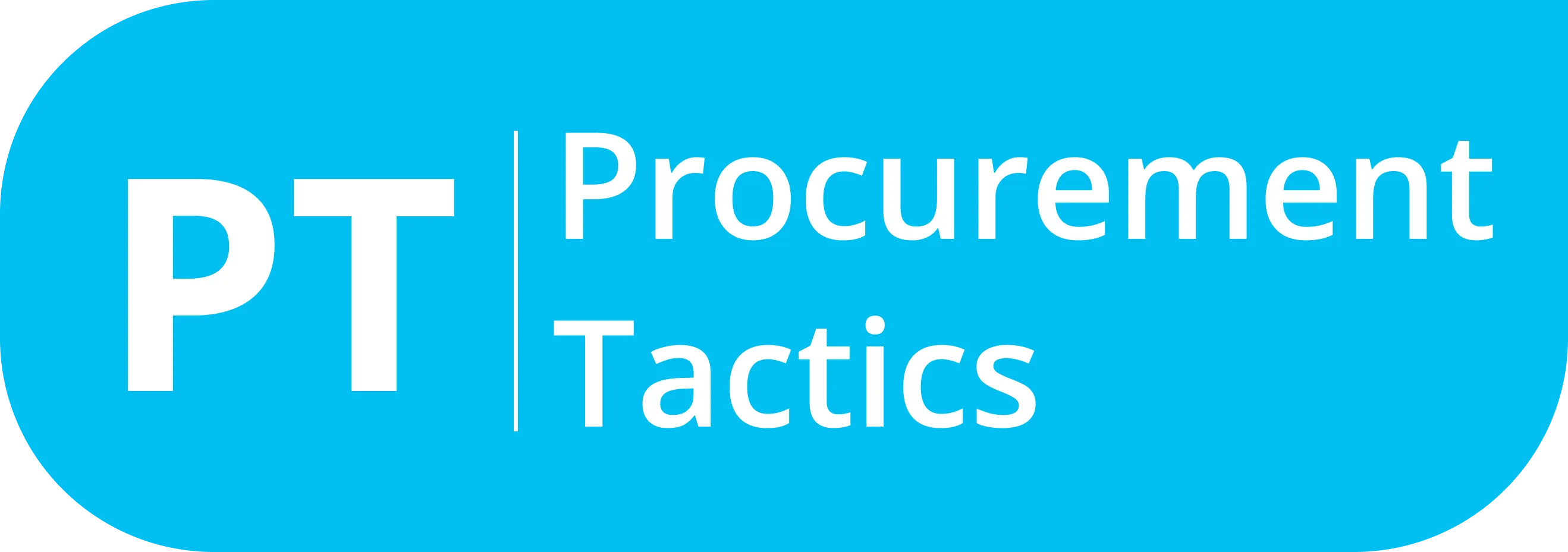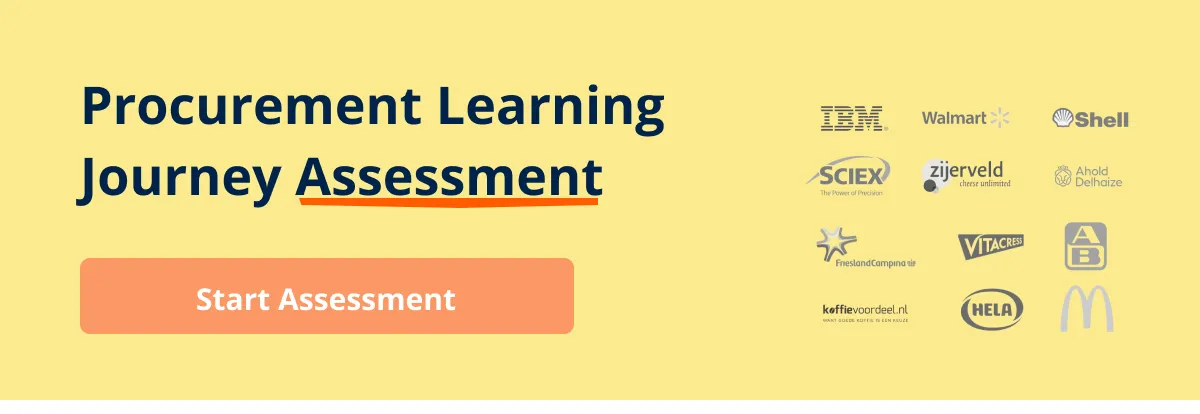Written by Marijn Overvest | Reviewed by Sjoerd Goedhart | Fact Checked by Ruud Emonds | Our editorial policy
RFI vs RFP — Everything You Should Know
Key takeaways
- RFI and RFP are two distinct processes used by companies. RFI to collect data from vendors or suppliers and RFP to request proposals for certain business requirements.
- Formal RFPs follow the RFI stage in the procurement process and include pricing components, whereas informal RFIs request information from suppliers.
- RFIs guide RFP needs by informing and shortlisting. While ensuring fairness and identifying ideal fits, RFPs can be time-consuming, expensive, and detrimental to relationships.
Both the request for information (RFI) and the request for proposal (RFP) are often confused with one another. However, they have their own use, especially in business.
This article will discuss what RFI and RFP are. We will also differentiate them from one another and tell you their advantages and disadvantages when using one of them.
Once you are finished reading this article, you will have an in-depth understanding of both RFI and RFP. Thus, this article will allow you to clear the confusion regarding their use.
Additionally, you will also know which of them is more appropriate to use in some situations in your business.
Before you read the whole article, I want to share that I have created a free-to-download, editable request for information (RFI) template. It’s a set that includes a PowerPoint file and a Word file.
You can use and tailor them to your needs when asking for information about the materials you want to buy. I even created a video explaining how to use the templates.
Defining RFI
For you to fully grasp their difference, we will discuss their definition first. A Request for information (RFI) is a method of gathering information from multiple suppliers before the procurement manager starts to source products or services.
The RFI is often applied once you have gathered multiple suppliers but you do not have any information about them. The procurement manager will collect information about the suppliers to find which among them suits the company better to be their supplier.
Therefore, the RFI will be sent to the potential suppliers. Once the data has been collated, the procurement manager will assess and start discussing with the suppliers. After this, the procurement manager will finally select among the potential suppliers.
The Meaning of RFP
A request for proposal (RFP) is a document that contains the description of the project and solicits bids from potential contractors to complete it. This document defines the project, goals, and the organization that sponsors it and outlines the bidding process and contract terms.
Also, the RFP is sometimes called a request for procurement as the proposal is about procuring the right materials for a project. It is the procurement phase where the procurement manager puts the details of the project or task to acquire the important materials or services.
RFP is commonly used for head-starting procurement projects and is usually used by governments. Thus, they are familiar with these kinds of requests for procurement. It is the job of the procurement manager to assess the bids, the background of the company that wants to bid for the project, and know if the potential companies that bid can undertake the project.
Difference Between RFI and RFP
Now that we know both of their meanings, let us now differentiate them for you to be able to erase the confusion regarding RFI and RFP.
Advantages and Disadvantages of RFI
Here are some of the advantages and disadvantages that you can gain from utilizing RFI in your procurement process.
Advantages and Disadvantages of RFP
The following are some of the advantages and disadvantages of using RFP in your procurement process.
Conclusion
Understanding the distinctions between RFI and RFP is crucial for effective procurement processes. While RFI helps gather information and identify potential suppliers, RFP formalizes the bidding process, focusing on detailed project solutions. Both approaches have their advantages and disadvantages, requiring careful consideration based on specific business needs.
Frequentlyasked questions
What is RFI?
It is a document that is used to gather information from multiple suppliers before the procurement manager starts to source products or services.
What is RFP?
It is a document that contains the description of the project and solicits bids from potential contractors to complete it.
What is the main difference between RFI and RFP?
RFI is usually used when companies want to get information about their potential suppliers. On the other hand, RFP is used when companies want to ask for solutions to business requirements.
About the author
My name is Marijn Overvest, I’m the founder of Procurement Tactics. I have a deep passion for procurement, and I’ve upskilled over 200 procurement teams from all over the world. When I’m not working, I love running and cycling.


